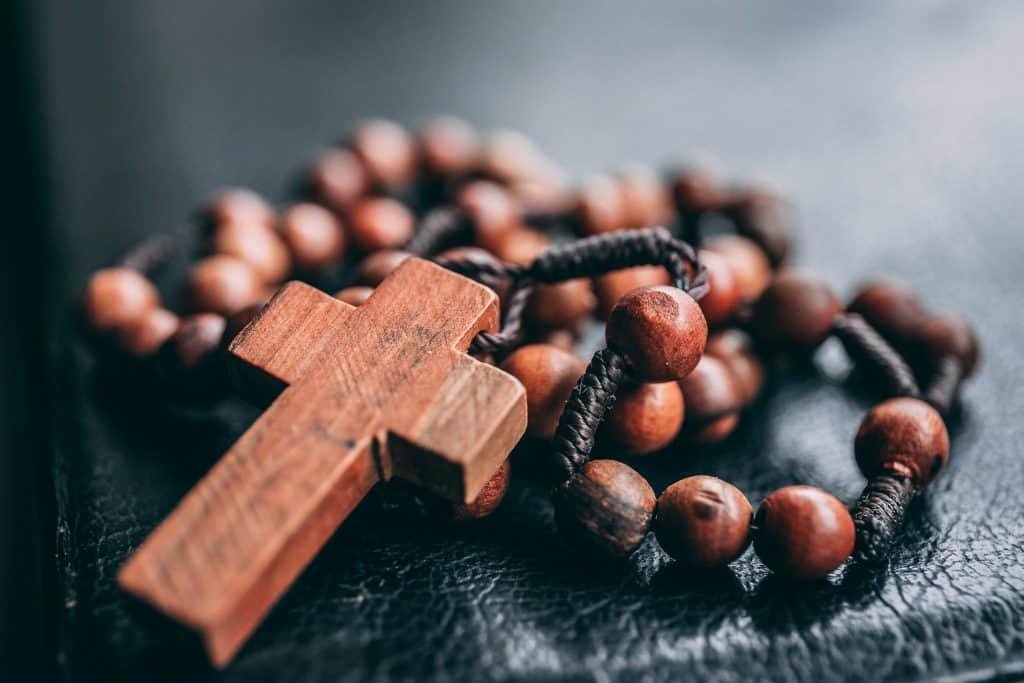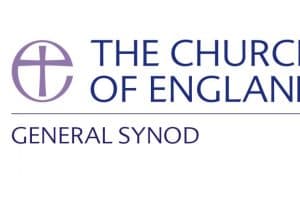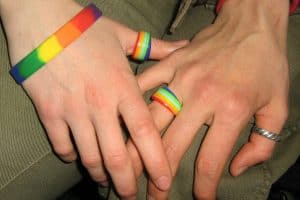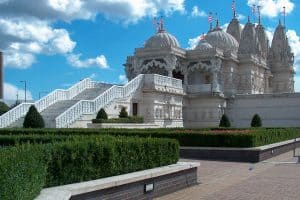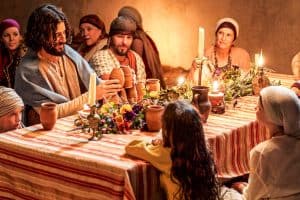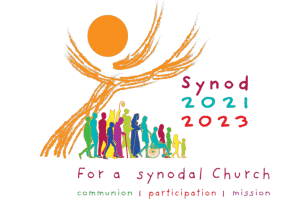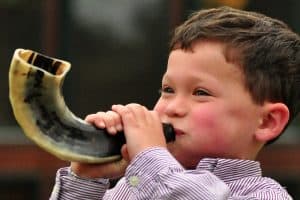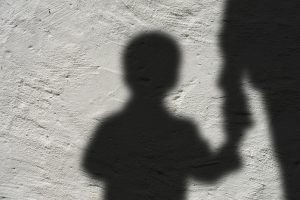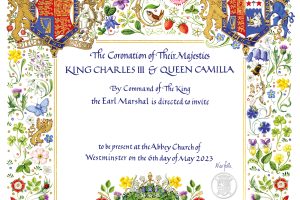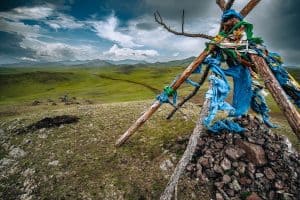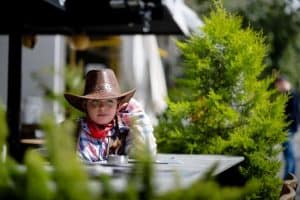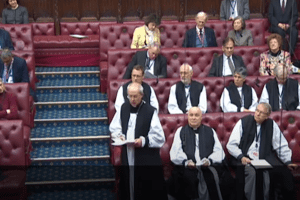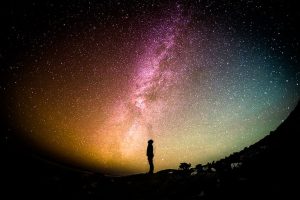By Catherine Pepinster
The Catholic Church, often called the Roman Catholic Church, is the biggest Christian denomination, with 1.2 billion members across the globe. Its name derives from the Greek word katholikos, meaning universal
Its foundations are in Rome, with the tombs of St Peter and St Paul in the city. Christianity spread through the Roman empire and in the early 300s the Emperor Constantine personally converted to the faith and formally ended persecution of Christians. This began a process that eventually saw Christianity become the official state religion of the empire by the end of the century. The Pope, the leader of the Catholic Church, is also the Bishop of Rome. It was known first as the Roman Church during the early medieval period and was later described as the Roman Catholic Church after the Reformation.
What do Catholics believe?
Catholics believe that Jesus Christ is truly God and truly man. They believe in the Trinity — that God the Father’s will was to give his Son to save the sinful world and redeem it, and that the Holy Spirit seeks to inspire people and enable them to love as Christ loved the world. In other words, the Trinity expresses God as creator, God as redeemer and God as sustainer.
This Trinitarian foundation and the other main tenets of the Catholic faith, including Christ’s birth, death and resurrection, are expressed in the Nicene Creed (recited by believers at mass) and in much greater detail in the Catechism of the Catholic Faith. The church’s teaching is also found in its canon law — the regulations that cover everything from choosing a bishop to marriage and annulments to when baptisms should take place — and more recently the documents of the Second Vatican Council that shaped the modern church.
Sacraments
The church has seven sacraments “to help the Christian pilgrim through life”. In the words of the catechism that Catholic children used to learn by rote, sacraments are outwards signs of inward grace. Their bestowal is also a way of the church community coming together and expressing itself.
The seven sacraments are: baptism, communion, reconciliation (formerly known as confession), confirmation, marriage, holy orders, and the sacrament of the sick (formerly known as the last rites). Some act as signs of rites of passage: birth (baptism), becoming a more mature person (confirmation), commitment (marriage or priesthood), and death.
Another interpretation of the sacraments a means of initiation, healing and signs of serving the community can be found here.
The mass
The mass is the most important religious service of Catholic life, where the community comes together to pray before God. They believe God is present among them through Holy Communion. Catholics are usually prepared for communion from the age of seven. It is possible to receive communion every day but the majority of Catholics receive when they attend mass on Sundays.
Since the Second Vatican Council, strict fasting regimes have been amended and Catholics fast for one hour before communion. It has also become more common since the council to receive communion in two forms — bread and wine — which represent Jesus taking bread and wine at the Last Supper, the meal he shared with his disciples before his arrest and crucifixion, and to receive the communion host in the hand.
A central belief for Catholics is transubstantiation: that the bread and wine become the body and blood of Christ. As well as mass on Sundays, Catholics are obliged to attend mass on the great feasts of the church. These are Christmas, Easter, Pentecost, Epiphany, the Assumption, the Immaculate Conception, and All Saints.
Liturgy and worship
A term commonly used for the way in which church services are conducted is liturgy. The main liturgy of the church is the mass. How mass and all services are conducted are down to the rubrics: the set guidance on words, gestures, and movements.
All Catholic services are set down in Latin and since the Second Vatican Council have been translated into the vernacular or local languages. The readings used in services, including mass, are determined and are set down in what is called the lectionary. The prayers used are often ancient from the early days of the church.
How is the church structured?
The Catholic Church is an extremely hierarchical and well-documented organisation, which is broadly pyramid-shaped. At the top is the leader of the church, the Pope. He is also known as the Bishop of Rome, the pontiff, the Holy Father and His Holiness. Head office, colloquially known as the Vatican, is the Roman Curia, the governing body and bureaucracy of the church, which develops teaching and manages the church. The Curia is in the Vatican City State in Rome. The Pope is its sovereign and it has its own system of governance, separate from the government in Rome. The Holy See is the Pope’s ecclesiastical jurisdiction to which ambassadors are accredited and which is also recognised by international bodies such as the United Nations.
The Pope
The Pope’s authority derives from Catholics’ belief that Christ instituted the papacy when he gave the keys of heaven to Peter. The Pope used to be sovereign of a larger territory centred in Rome known as the Papal States, but since the unification of Italy he is only ruler in secular terms of the tiny city-state of the Vatican. He still holds religious authority over the entire global Catholic Church. In 1870, the dogma of papal infallibility was proclaimed, for those moments when the Pope issues a formal definition of faith or morals.
Otherwise the Pope expresses his teaching authority through publication of documents, such as encyclicals, and in communion with the bishops. In the contemporary world the Pope also expresses his leadership through visits across the globe and through the media. The current Pope is Francis, elected in March 2013.
Cardinals and bishops
Those who attain places of great honour in the church whether working in the Vatican or in their home countries are awarded the title of cardinal. Cardinals are members of the College of Cardinals, the body of electors who choose a pope during the time called the conclave, following the death or resignation of the previous pontiff.
Senior officials who run the dioceses that make up the church in geographical locations and who also work in departments in Rome are called bishops. They are traditionally seen as pastors, akin to shepherds of their flocks, hence they carry what is called a crozier in the shape of a shepherd’s crook.
Priests
With its emphasis on the sacraments and the importance of Holy Communion, the priest plays a vital role in the life of the church. The majority of priests work running parishes but others work as chaplains in schools, hospitals, prisons, and in academia.
Catholic priests are selected by and are answerable to their bishop, usually inquiring about training for the priesthood after their discernment of their vocation.
Training lasts about six years and takes place in a Catholic seminary that can be in their home country or abroad, especially in Rome. Study involves a focus on philosophy and theology. Catholics priests take a vow of celibacy and are usually unmarried, although some men enter the priesthood after being widowed while others, who convert from other denominations such as the Church of England, may be married.
Permanent deacons who assist the priest at mass and may also conduct funerals and weddings, can be married.
There are no women priests in the Catholic Church, although Pope Francis has asked for a study to be undertaken to consider women deacons.
How else do Catholics practise their faith?
Alongside attending mass, reading the Bible and prayer, Catholics also practise their faith a few more distinctive ways compared with other traditions and denominations.
The saints
The Catholic Church, perhaps more than any other Christian denomination, encourages spiritual reading and devotion to the saints. Many of the greatest saints and guides were the founders of religious orders: St Benedict, St Francis of Assisi, St Dominic, ans St Ignatius Loyola (founder of the Jesuits).
Canonisation of saints continues to this day. Investigation of a saint’s “cause” is thorough and involves study of miracles said to have occurred after requests or intercessions to the person considered for sainthood. As well as meeting these criteria, anybody considered for sainthood must be Catholic and dead.
Mary
Mary, the mother of God, also known as the Virgin Mary and the Blessed Virgin, is particularly revered in the Catholic Church. Important feast days — the Annunciation, the Assumption, the Immaculate Conception — honour her. There are special prayers to her including the Hail Mary and the devotional practice, the rosary, is dedicated to her. Many pilgrimage sites, including those at Lourdes and Fatima, are dedicated to her.
Pilgrimage
Pilgrimage one of the prime devotional actions of Catholics. It involves journeys to places important to faith, such as the Holy Land (Israel/Palestine) or site of a saint’s birth or martyrdom, or place of a miracle. During Lent, Catholics also embark upon mini-pilgrimages in their own churches, called Stations of the Cross, where they pray before images of Jesus’s passion and crucifixion.
Social action in the world
The Catholic Church sets great store by social action, working to help people in poverty, migrants and refugees, children, the elderly and the sick. The key Vatican department for this work is the Dicastery for Promoting Integral Human Development. The umbrella body for organisations working at grassroots is Caritas Internationalis.
What is Catholic social teaching?
The church’s substantial body of teaching on issues of justice and peace, work, human dignity and the common good is known as Catholic Social Teaching. The most recent addition to this teaching was Pope Francis’s encyclical on the environment, Laudato Si’.
The important teaching document on the church’s views of abortion and birth control is Humanae Vitae, issued in 1968.
How many Catholics are there in the UK?
There are separate Catholic Churches in England and Wales, Scotland, and Ireland (which includes the entire island and both jurisdictions). Each has its own archbishop, who is the head of the local church.
There are about 3.8 million Catholics in England and Wales, making up 8.3 per cent of the population. In Scotland, there are 841,000, which amounts to 15.4 per cent of the population. In Northern Ireland about 45 per cent of people are Catholics, a total of 815,000.
Catherine Pepinster is a journalist, broadcaster and commentator on religion
Useful links
Cafod, the official aid agency of the Catholic Church in England and Wales
SCIAF, the Scottish Catholic International Aid Fund, the official agency of the Catholic Church in Scotland
Caritas Europa, the Catholic network working with all faiths to end poverty and to promote the dignity of all people
Contacts
Gavin D’Costa, professor of Catholic theology, Bristol University, [email protected]
Professor Tina Beattie, director of the Digby Stuart Research Centre for Religion, Society and Human Flourishing, Roehampton University, [email protected]
Austen Ivereigh, biographer of Pope Francis and former public affairs director for Cardinal Vincent Nichols, [email protected]
The Catholic Communications Network, the press office for the Bishops’ Conference of England and Wales, [email protected]

